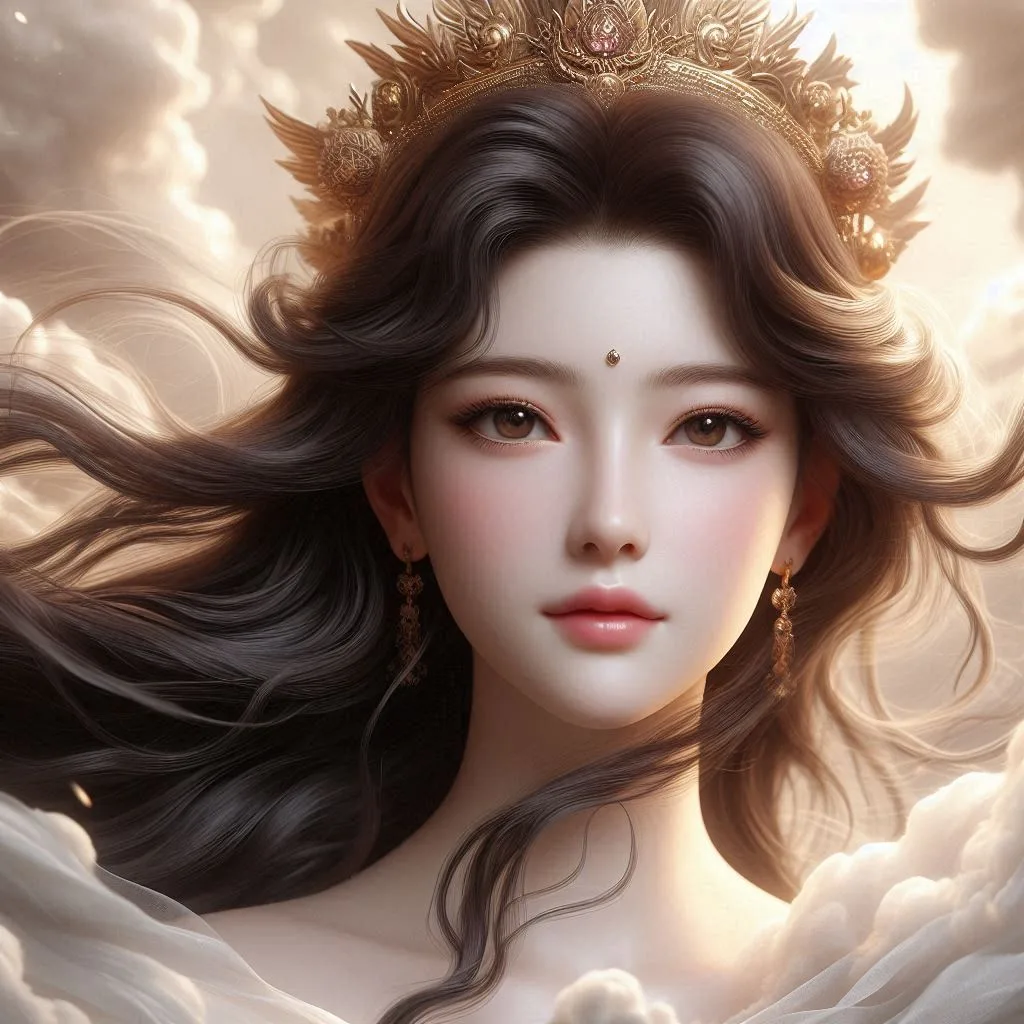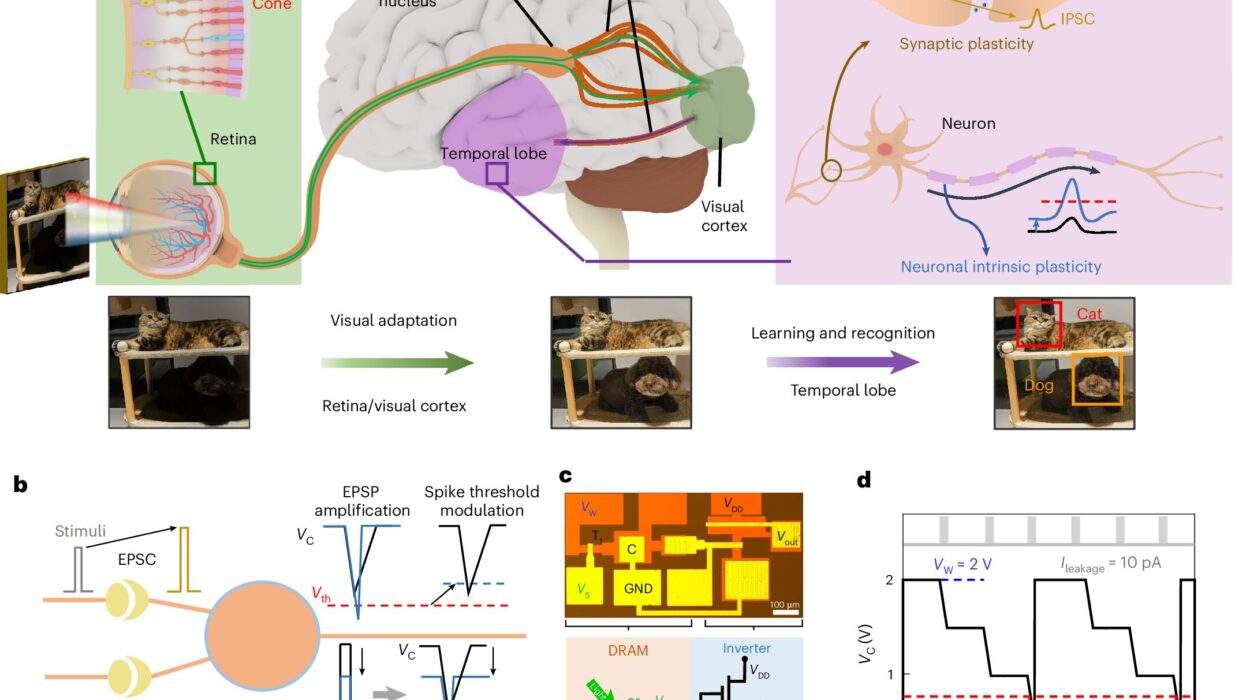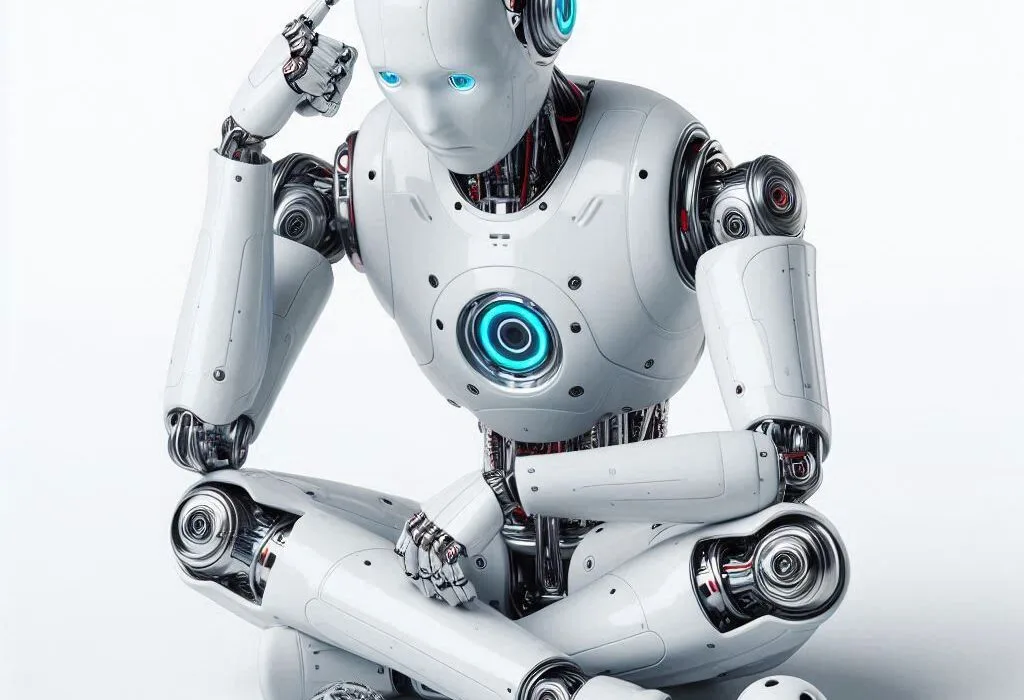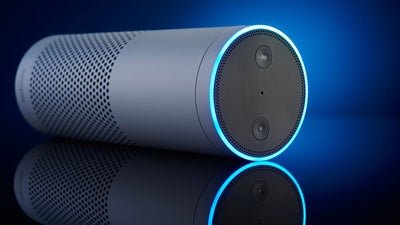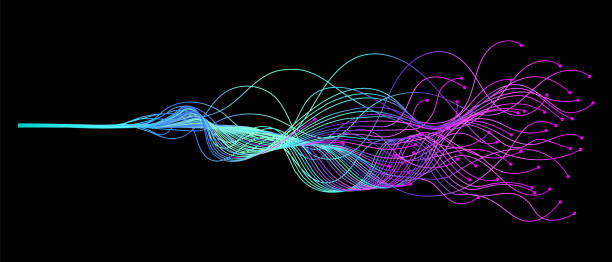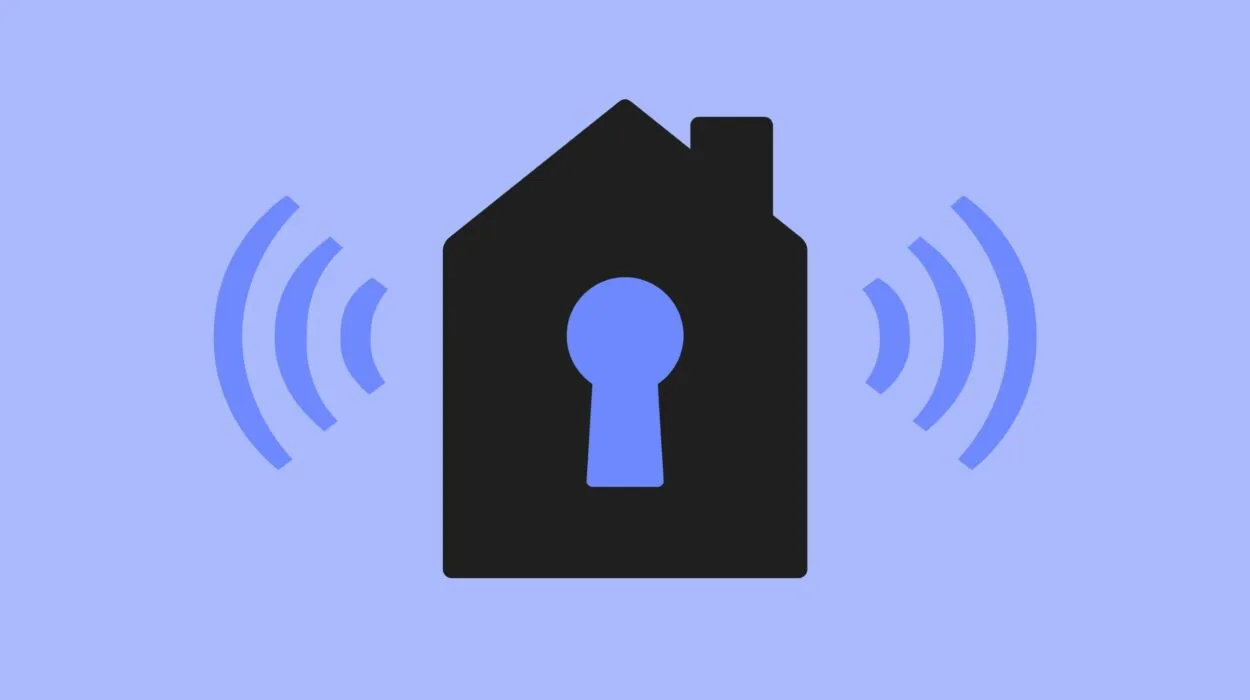A surreal painting that seems to drip with dreamlike energy. A haunting piano sonata that could have been composed by a troubled genius. A bestselling novel that never saw a human hand touch the page. These are not the products of fevered human imagination—they are the works of artificial intelligence.
Across the digital and creative landscape, AI is making its presence known not only as a tool for productivity but as a powerful creative force. It paints, it writes, it composes, and in some cases, it even exhibits what looks like innovation. As machine-generated art grows more sophisticated, more prolific, and more valuable, an old question resurfaces with new urgency: Who owns it?
It might sound like a niche legal puzzle, but the issue is anything but academic. The answer affects artists, technologists, lawmakers, tech giants, and anyone who values human creativity. What’s at stake is nothing less than the future of authorship, ownership, and the soul of art in an age of algorithms.
Creativity at the Edge of Code
Artificial intelligence doesn’t possess imagination, nor does it understand beauty. At least not in the way humans do. But it excels at pattern recognition, synthesis, and imitation. Feed it thousands of images of Gothic cathedrals or 20th-century jazz riffs, and it can learn the statistical relationships among those elements and generate new material that resembles the original works.
At the heart of many AI art systems is a machine learning model—often a neural network—trained on enormous datasets. In the case of visual art, these datasets may contain millions of paintings, illustrations, and photographs. For music, terabytes of audio and sheet music are fed into the system. For literature, millions of books, poems, and scripts become grist for the machine’s mill.
These systems don’t copy specific works (at least not directly). Instead, they generate entirely new pieces by predicting the next pixel, note, or word based on statistical likelihood. The result is something that may never have existed before, yet feels eerily familiar.
But that familiarity is precisely where the debate begins. When AI “creates” something, whose shoulders is it standing on? And when that creation generates revenue or acclaim, who gets to claim it?
The Ghost in the Algorithm: Is AI an Author?
Traditionally, copyright law is built on the assumption of human authorship. The United States Copyright Office, for example, has long held that only works “created by a human being” are eligible for copyright protection. That means an AI-generated image, story, or song—if produced autonomously—cannot be copyrighted.
This position was tested in 2022 when an artist named Stephen Thaler submitted an application to register copyright for an image created by his AI system named DABUS. The Copyright Office rejected the claim, stating plainly that “human authorship is a prerequisite.”
That decision has echoed globally. Courts in the United Kingdom, Australia, and the European Union have generally agreed that non-human agents cannot be legal authors.
But the question becomes more complex when AI works with a human rather than independently. If an artist uses an AI model like Midjourney or DALL·E to generate visual content, how much creative control must the artist exercise to claim ownership? Is selecting the right prompts, curating the output, and editing the result enough to meet the threshold of authorship?
In 2023, the U.S. Copyright Office updated its guidance: if a work involves AI, only the parts created by a human can be copyrighted. The rest remains in the public domain. This means that an AI-generated painting tweaked by a human could be partially protected—but only for the human contributions.
The legal terrain remains murky, but one thing is clear: machines, no matter how “intelligent,” cannot own the art they create. For now, at least, the law insists that authorship requires something uniquely human.
The Collage Conundrum: Artists Push Back
While tech companies tout the wonders of AI-generated art, many human artists are crying foul. Their concern isn’t philosophical—it’s deeply practical.
AI models trained on copyrighted content often use that content without permission. For example, visual AI models scrape the internet for images, including those created by working artists, illustrators, photographers, and designers. These images, along with their styles, structures, and motifs, become part of the model’s training data.
The companies behind these models argue that the data is used only for “learning,” not for replication. But for many artists, the distinction feels disingenuous. If an AI can generate images that mimic their style so well that casual observers can’t tell the difference, then hasn’t it effectively copied them?
In late 2022, several lawsuits were filed by artists against companies like Stability AI (creator of Stable Diffusion), DeviantArt, and Midjourney. The plaintiffs allege that these AI models were trained on their copyrighted work without consent or compensation, and that the results harm their livelihood.
These cases raise a fundamental question about the nature of training data. Is feeding an AI copyrighted art a kind of fair use? Or is it digital theft on a massive scale?
The courts have yet to settle the matter. But the implications are enormous. If AI companies are forced to license all the training data they use, the entire economic model of generative AI may change. If not, artists may find themselves replaced by algorithms that learned from their life’s work without so much as a credit.
The Human Touch: Where Inspiration Ends and Infringement Begins
Human artists have always drawn inspiration from others. Picasso borrowed from African art. The Beatles absorbed Indian ragas. Writers reimagine Shakespeare’s plays. Creativity, in many ways, is remix.
But AI doesn’t merely “draw inspiration.” It ingests vast libraries and recombines elements with no understanding of context, meaning, or originality. It doesn’t struggle, question, or innovate in the human sense. It predicts.
This mechanical recombination raises a philosophical problem. If a human artist paints in Van Gogh’s style, we celebrate it as homage. If an AI does the same using data from Van Gogh’s paintings, we call it mimicry. Why the difference?
Perhaps it’s about intention. Human creativity is shaped by experience, emotion, and cultural dialogue. AI operates in a vacuum of meaning, generating form without substance. The product may resemble art, but the process is alien.
Still, the line between inspiration and infringement grows blurrier as AI improves. An AI-generated song that sounds like a Beatles ballad might not use any actual Beatles recordings—but if the vocal tone, lyrics, and melody are indistinguishable from John Lennon, does that constitute imitation, homage, or theft?
We lack a clear framework for these new kinds of authorship. Until we define where creativity begins and ends in AI, we’re left guessing.
Corporate Power and the New Gatekeepers
The most powerful generative AI systems are owned by corporations—many of them tech giants like OpenAI, Google, Meta, and Adobe. These companies invest millions (and in some cases, billions) into developing AI models that can produce art, music, video, and text at scale.
These tools are often marketed as democratizing creativity. Anyone with a prompt can now generate stunning images or evocative prose. But this democratization comes with a catch: the corporations retain control over the models, the infrastructure, and increasingly, the outputs.
Many AI art platforms have terms of service that give the company sweeping rights over user-generated content. Others restrict how the art can be used commercially. And in some cases, artists who use these tools to create work are unaware of what rights they are giving up—or what data was used to train the model in the first place.
This raises troubling questions. Are we trading artistic freedom for convenience? Are we building a new era where a handful of companies control the tools of creative production and decide who can profit from them?
If AI becomes the dominant engine of content creation, then the power to shape culture may shift from individual artists to corporate algorithms. In such a world, ownership becomes not just a legal question, but a matter of who gets to participate in the future of creativity.
Regulation, Ethics, and the Path Ahead
Lawmakers are scrambling to catch up. AI-generated art, like other forms of generative AI, is advancing faster than policy can adapt. Around the world, governments are exploring how to regulate AI tools without stifling innovation.
In the European Union, the upcoming AI Act seeks to impose risk-based regulations on AI systems, with stricter rules for models that could impact public safety, democratic processes, or human rights. But questions remain about how copyright and authorship will be handled across borders.
In the U.S., the Copyright Office continues to issue guidance but has yet to see a major overhaul of copyright law to address AI. China, meanwhile, has begun to regulate AI content under its broader content moderation rules, placing responsibility on platform providers for the material generated.
Ethical frameworks are also emerging. Some artists and developers advocate for transparency in training data—requiring AI companies to disclose what content their models learn from. Others propose opt-out systems, allowing artists to remove their work from datasets.
Still others envision a licensing system where artists are compensated for their contributions to AI training—essentially creating royalties for the raw materials of machine learning.
These solutions are technically and politically complex. But they all share a common goal: to ensure that the digital renaissance ushered in by AI doesn’t come at the cost of human dignity and artistic value.
Beyond Ownership: The Meaning of Art in the Age of AI
Lost in many legal debates is the deeper question: What is art, and why do we value it?
Art is not merely a product. It’s a form of communication, an emotional exchange between creator and audience. It carries the imprint of human experience—joy, pain, longing, defiance. When we look at a painting or listen to a song, we connect not just with the object, but with the soul behind it.
AI-generated art challenges that connection. If the creator has no feelings, intentions, or awareness, what are we really responding to?
Some argue that beauty is beauty, regardless of the source. If an AI composition moves us, does it matter who—or what—made it?
Others argue that the meaning of art is inseparable from the human context. A poem written by a grieving father carries a depth that no machine can replicate. A protest song gains power from its social roots. Art, in this view, is not just the arrangement of notes or pixels—it’s the echo of a life lived.
As AI art proliferates, we may need to develop new ways of thinking about creativity. We may distinguish between human-authored art and machine-generated aesthetics. Or perhaps we’ll see hybrid forms emerge, where artists and algorithms collaborate in ways that expand both imagination and ethics.
Whatever the outcome, one truth remains: the debate over ownership is about more than money or credit. It’s about how we define creativity, value labor, and share meaning in a world where machines increasingly speak our language.
Conclusion: Drawing the Line in the Digital Sand
In the coming years, the question of who owns AI-generated art will grow more urgent, more complex, and more contentious. Courts will issue rulings, lawmakers will draft regulations, and artists will continue to fight for recognition.
But beyond the legal frameworks, society will face a cultural reckoning. Will we allow creativity to become the domain of algorithms controlled by corporations? Will we protect the fragile, messy, beautiful chaos of human imagination? Or will we redefine authorship altogether in a world where machines co-create?
There is no simple answer. But the conversation must continue—not only in law books and courtrooms, but in studios, classrooms, and living rooms. Because art is not just about what we make. It’s about who we are.
